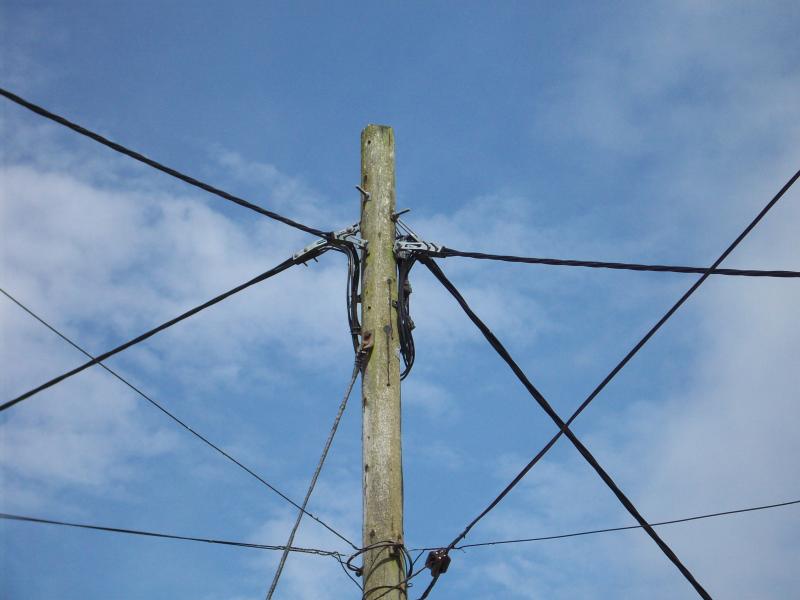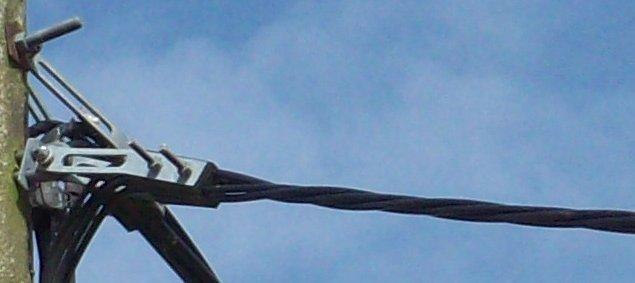Possibly. As I implied, I'm not really clear as to why the neutral block is sealed, anyway. (would a neutral bypass across a 3-phase meter achieve anything? I would have suspected not)Either .... he or his employer have accepted that seals get broken left right and centre.
He did see it, but that may have been after the conversation to which I referred. Actually, it's not what I would call a 'cutout' - it's three separate fuse carriers (one for each phase) plus a Henley block for neutralor ... he didn't inspect the cutout and realise there is no separate earth block.
That was my point - he seemed to be saying that 'I' (my electrician) could do it without any DNO involvement.or ... he expects you to get someone else from the DNO to provide the connection
What he was saying obviously makes engineering sense, so I suppose it was 'rules'/bureaucracy that I was thinking about. Silly though it sounds, I suppose it just 'felt wrong' to me for a consumer (consumer's electrician) to be connecting their installation's CPCs and bonding to an incoming neutral conductor, rather than to something (connected to that neutral!) suppleid by DNO and called 'earth'
Kind Regards, John.



